Your mission, if you choose to accept it, is to take an ISO 100 black and white film, meter for ISO 1600, and go blow through a roll. If you want my suggestion on film, choose Kentmere 100. I’d also suggest you shoot at and after sundown. Indoors is also good. When you’re done, push two stops in your developer solution, or if using Rodinal, just stand develop for 1 hour.Why in the hell would I ever want to push film that far past its box speed ? Because box speed is a suggestion. It’s the manufacturer informing you that your best chance for a good exposure is metering for the speed on the box. Cameras of the 90s actually read the nifty little DX code on film cannisters and would meter at box speed. But the fact that film speed is just a suggestion is underpinned by the fact that photographers took their time to learn to hack the DX codes.So really, what does pushing film mean ? It essentially means you underexpose the film, but then recover the image when you develop. It has beautiful results.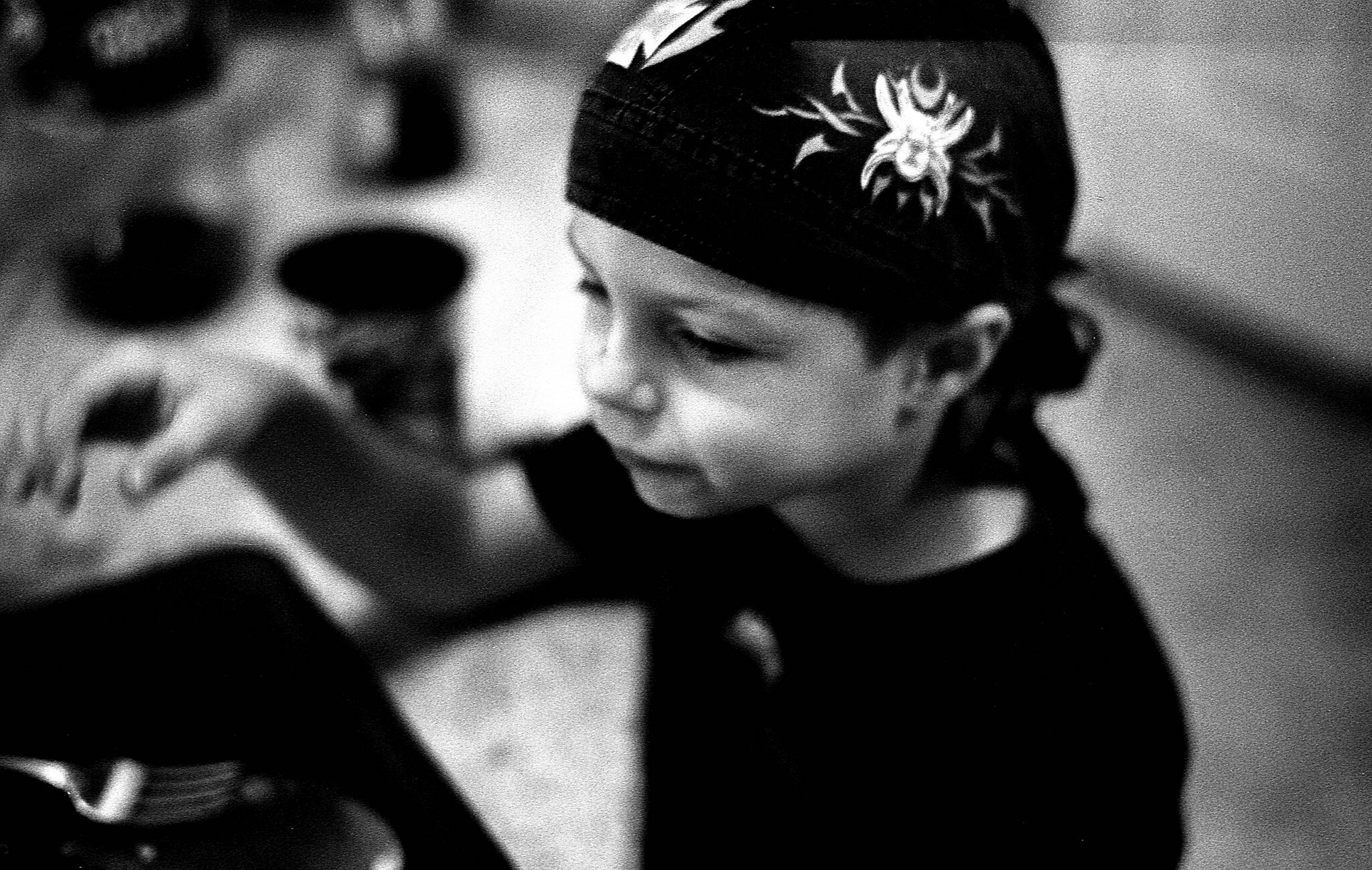 ISO 100 film is designed for full sunlight. It is what would be called a slow* film. There isn’t much light sensitivity so it needs a good blast of it to record details. As you can see by the above photo, I took advantage of the sensitivity of the film to create lost detail and rich blacks.But let’s look at another scenario where pushing can be rewarding. A couple months ago, late Fall 2016, a coworker informed me that a boarded-up building down the street from the office had suffered a break-in, and the front entrance had been exposed. Inside, he said, were a series of turn-of-the-century moving carts. I picked up the Leica which I had loaded with Kentmere 100, and headed over to take a look.
ISO 100 film is designed for full sunlight. It is what would be called a slow* film. There isn’t much light sensitivity so it needs a good blast of it to record details. As you can see by the above photo, I took advantage of the sensitivity of the film to create lost detail and rich blacks.But let’s look at another scenario where pushing can be rewarding. A couple months ago, late Fall 2016, a coworker informed me that a boarded-up building down the street from the office had suffered a break-in, and the front entrance had been exposed. Inside, he said, were a series of turn-of-the-century moving carts. I picked up the Leica which I had loaded with Kentmere 100, and headed over to take a look.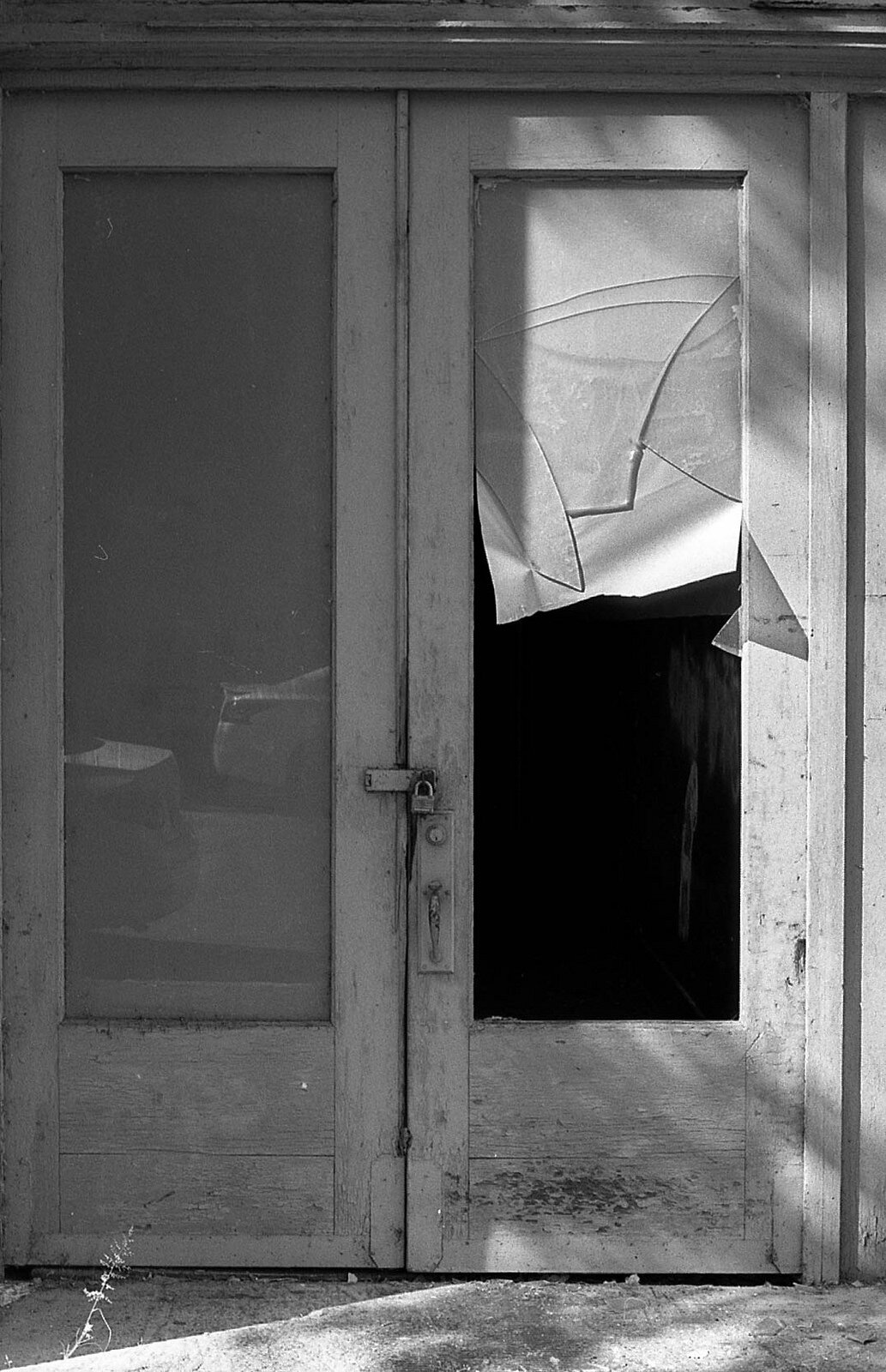 I peeked inside. I saw the carts, but I was looking at 11am light shining dimly through the windows. I set the aperture to f/4 , 1/60s and took a few pictures. At this setting, I should have been shooting ISO 400 or 800 due to lower light conditions. After stand-developing in Rodinal for an hour, I was surprised with the results.
I peeked inside. I saw the carts, but I was looking at 11am light shining dimly through the windows. I set the aperture to f/4 , 1/60s and took a few pictures. At this setting, I should have been shooting ISO 400 or 800 due to lower light conditions. After stand-developing in Rodinal for an hour, I was surprised with the results.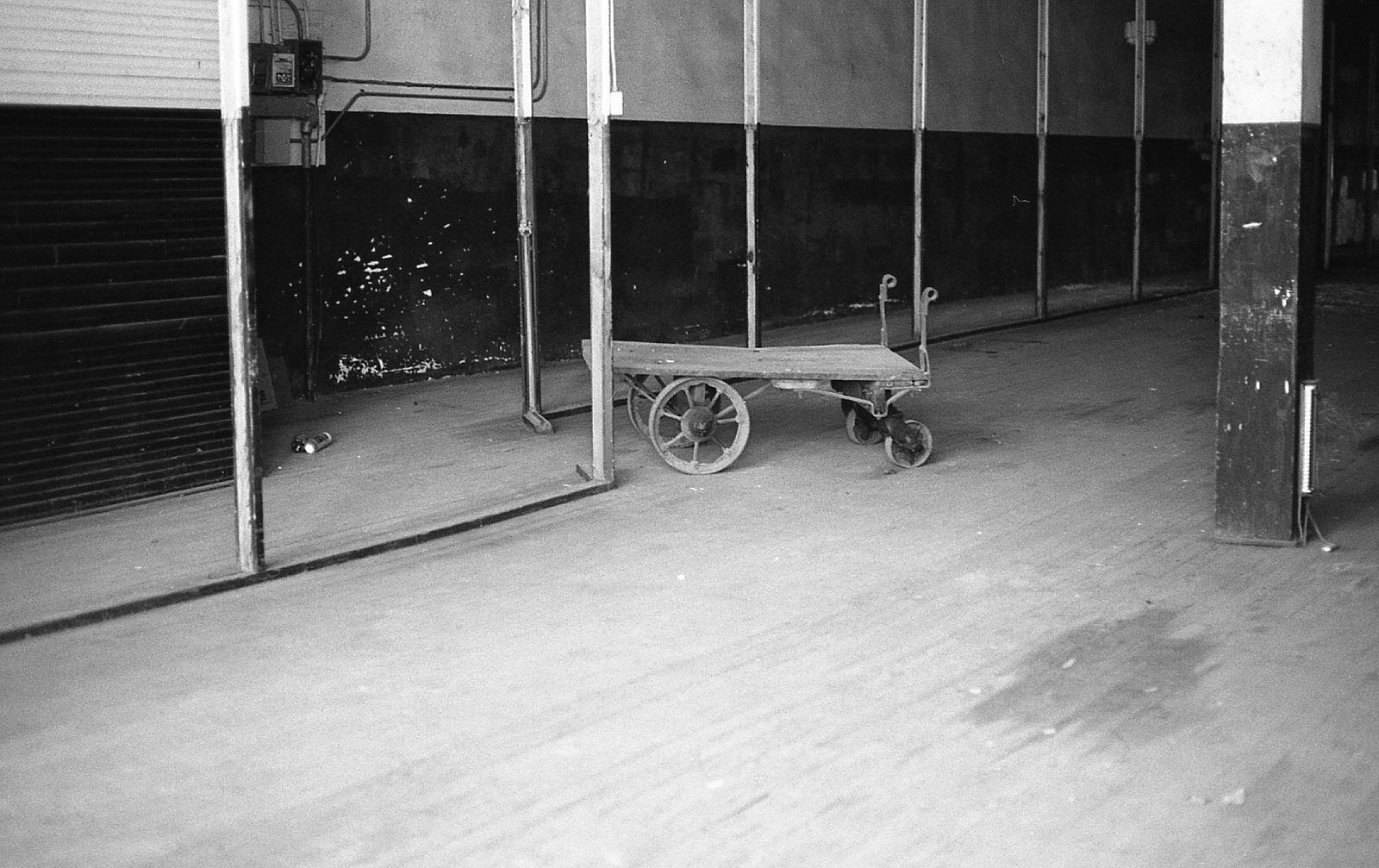 As you can see, I had light. I didn’t have to push all the way to ISO 1600. I had the light coming in through a couple of high windows but it quickly dissolved about ten meters into the room. A digital camera at ISO 100 would have been nearly impossible to auto-focus at these settings, and would have had to have the exposure settings bumped a couple of stops in post. I’m not disparaging digital, just giving you a modern idea of what pushing actually is.
As you can see, I had light. I didn’t have to push all the way to ISO 1600. I had the light coming in through a couple of high windows but it quickly dissolved about ten meters into the room. A digital camera at ISO 100 would have been nearly impossible to auto-focus at these settings, and would have had to have the exposure settings bumped a couple of stops in post. I’m not disparaging digital, just giving you a modern idea of what pushing actually is.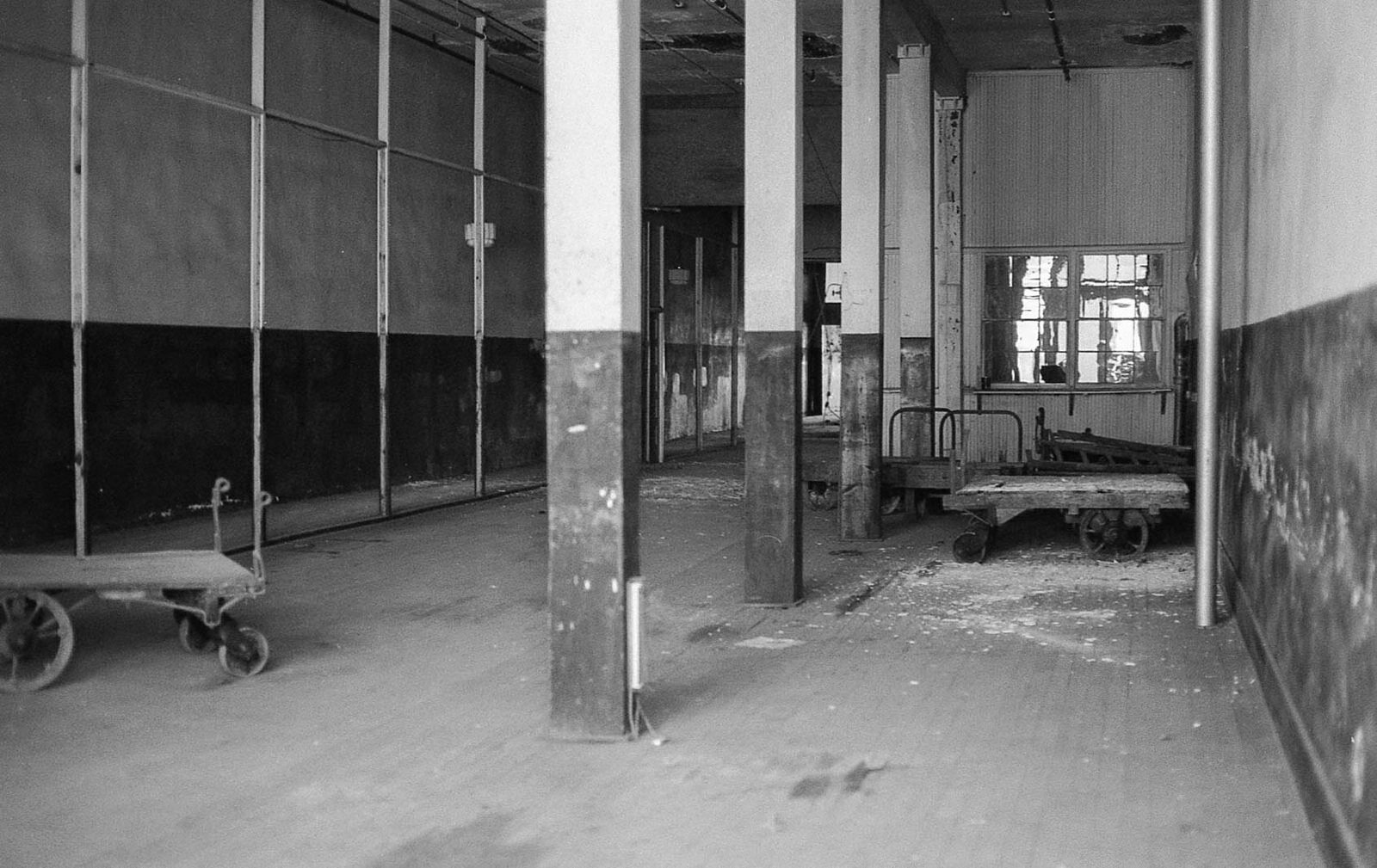 Pushing film can be a great way to take stress off of you. It gives you extra time to shoot, a good bit of latitude when you’re in a darker lighting situation, and the ability to recover with good results. You can push color, too. I’ve pushed Kodak Ektar 100 two stops before with great results and no degradation in picture quality. However, grain in color and grain in black and white are apples and oranges. Color lends itself to more pronounced grain, which can be good or bad. In my experience so far, black and white is much easier on the eyes when pushed.
Pushing film can be a great way to take stress off of you. It gives you extra time to shoot, a good bit of latitude when you’re in a darker lighting situation, and the ability to recover with good results. You can push color, too. I’ve pushed Kodak Ektar 100 two stops before with great results and no degradation in picture quality. However, grain in color and grain in black and white are apples and oranges. Color lends itself to more pronounced grain, which can be good or bad. In my experience so far, black and white is much easier on the eyes when pushed.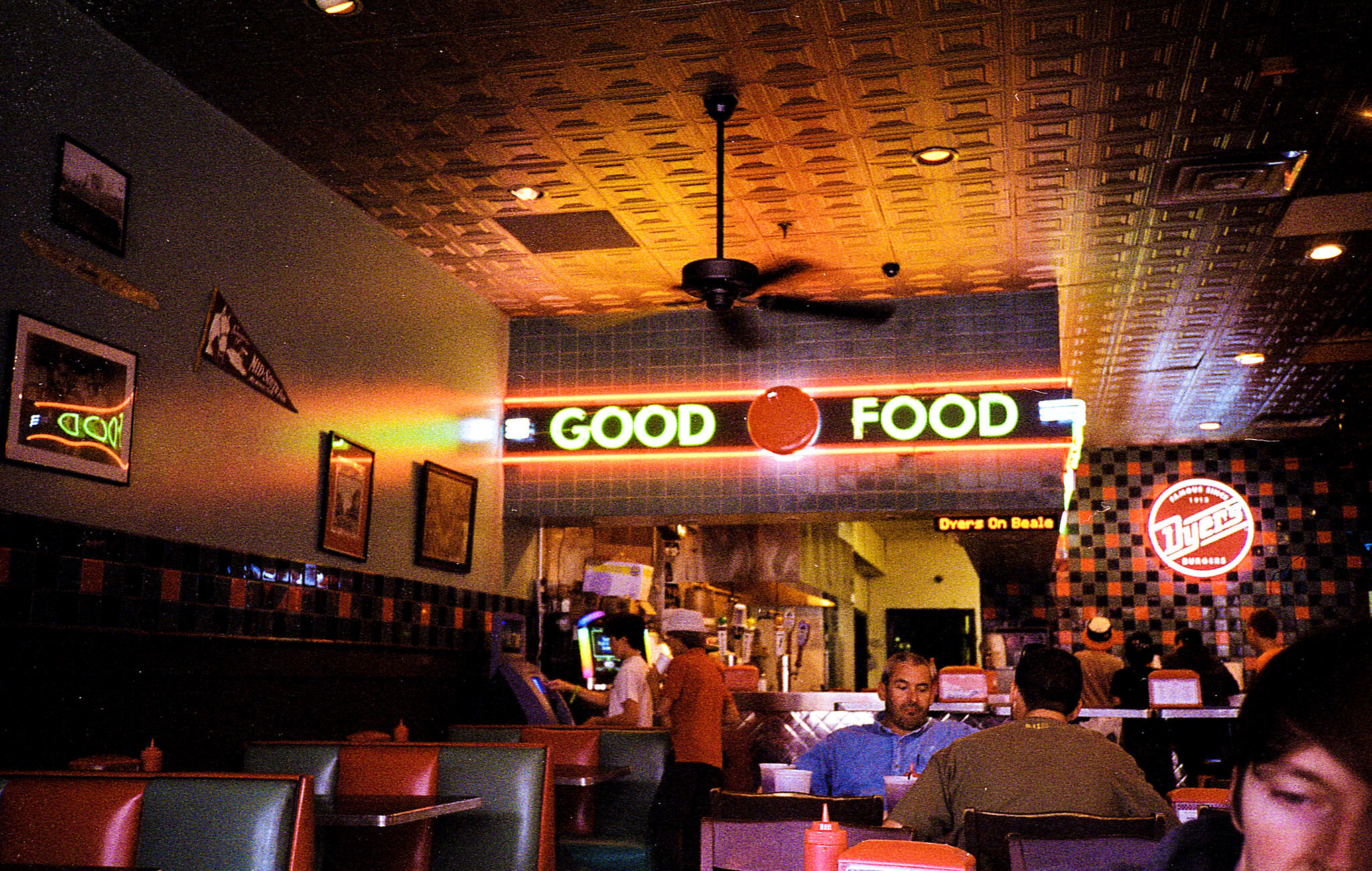 Pushing film is another unique tool in the box for film photographers. Understanding that box speed isn’t set in stone and films offer latitude is a great way to go shoot more and worry less. It’s not an excuse to skip learning the best exposure for a situation, but if you’re like me, your favorite film has a lower box speed than what you shoot, so pushing is really the only right answer.* there are slower film speeds than 100. When 100 came out it was initially a medium speed film, but for photographers born in or after the 1970s, it’s a slow film.
Pushing film is another unique tool in the box for film photographers. Understanding that box speed isn’t set in stone and films offer latitude is a great way to go shoot more and worry less. It’s not an excuse to skip learning the best exposure for a situation, but if you’re like me, your favorite film has a lower box speed than what you shoot, so pushing is really the only right answer.* there are slower film speeds than 100. When 100 came out it was initially a medium speed film, but for photographers born in or after the 1970s, it’s a slow film.
Leave a Reply
You must be logged in to post a comment.